What’s Next For My Backyard Flock in 2022
As the end of the year inches closer, I’ve been reflecting on the lessons learned during my time raising and tending my backyard flock. I’ve also spent some time thinking about my goals, purpose, and direction I want to go in with my flock. Because you have been here since I brought my first box of fuzzy day old chicks home and have encouraged me along the way with kind emails and comments, I thought I would share a brief update on my plans for my flock.
A lot of the things I’d like to work towards next year are visions I’ve had for my backyard flock for quite a while, but I was hesitant to invest in specific areas until I got my predator situation under control. I am happy to say that while I haven’t eliminated all threats of predator attacks, it has been a very long time since I have lost a bird to a fox, thanks to my new solar-powered electric poultry netting.

New Larger Coop
My husband has offered to build me a new coop this winter, and I am so excited!
I have to supply a plan or drawing for my husband to work off, which seems easy enough. There are several free coop plans available all over the internet. But I am having a hard time deciding what features I want in my coop. I want adequate space, plenty of perches, and cozy nesting areas for my girls, but there are a few extra’s I’d like to include that I do not see in many of the available plans. The ability to close off a section of my coop for broody mama hens to sit on eggs and raise chicks undistributed is appealing and something I’d like to incorporate into my new coop.
I am also on the fence about including a storage area for feed, supplements, and First Saturday Lime in my coop. It would be convenient but also eat up valuable floor space.
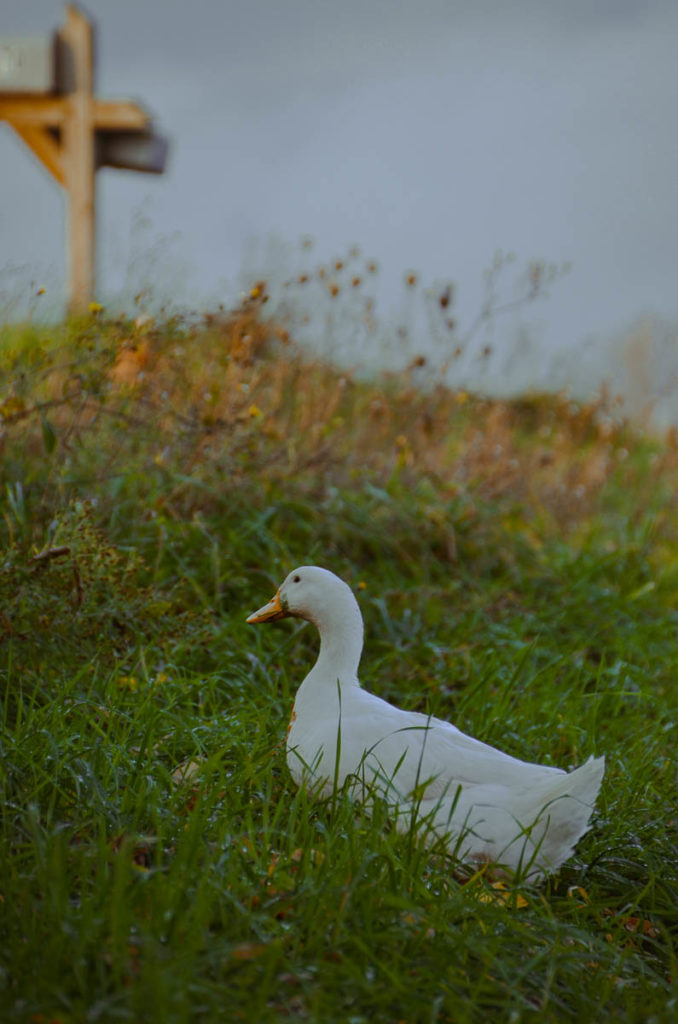
Geese!
Adding geese to my backyard flock is something I’ve been considering for a little while, but I’ve held off on actually doing it until I got my predator issues under control.
Geese are large enough that they will discourage some small predator attacks! If hawks are especially problematic for you, you might also want to consider adding a couple of geese to your flock. Geese are generally big enough to make the hawk feel uncomfortable launching an attack on your flock.
Geese also will act as a guard dog, keeping a watchful eye out for anything they feel doesn’t belong in their territory and alerting everyone within earshot of the threat with their signature loud honking. It won’t take the flock long to understand the goose is signaling danger and send them heading for cover. Geese are also intelligent enough to discern unusual people or animals from usual activity, so they will unlikely perceive family members as threats. The drawback here, though, is unusual visitors or delivery people can become the target of a guard goose’s instinct to protect its territory, especially during the breeding season.
Hawks aren’t a big predator problem for me. I’ve never lost a bird to a hawk, but I’ve had plenty of hawks stalk my yard from a perch on an electric pole or treetop branch.
Ideally, I’d like to get two female geese, but unless I can find someone locally who will sell sexed goslings, I will have to order the hatchery minimum of 3.
I will use my current coop that houses my entire flock as the waterfowl shed. The ducks and geese will have their own digs with plenty of space to nest into straw for the night.
Add More Colorful Egg Layers to My Flock
If you are like me and stalk poultry enthusiast Instagram, you’ve probably seen the beautiful pictures of eggs in shades of blues, greens, light browns, chocolate browns, shades of white, and even pink carefully arranged in egg cartons.
I’ve been pursuing that perfect rainbow dozen for a little while now. The girls I have now are laying eggs in lovely shades of brown, cream, pink, and olive green shades. I want to add some blue and dark brown to my egg basket. I am trying to source at least two blue egg-laying hens and a Whiting True blue rooster, but the rooster has more to do with my next goal.
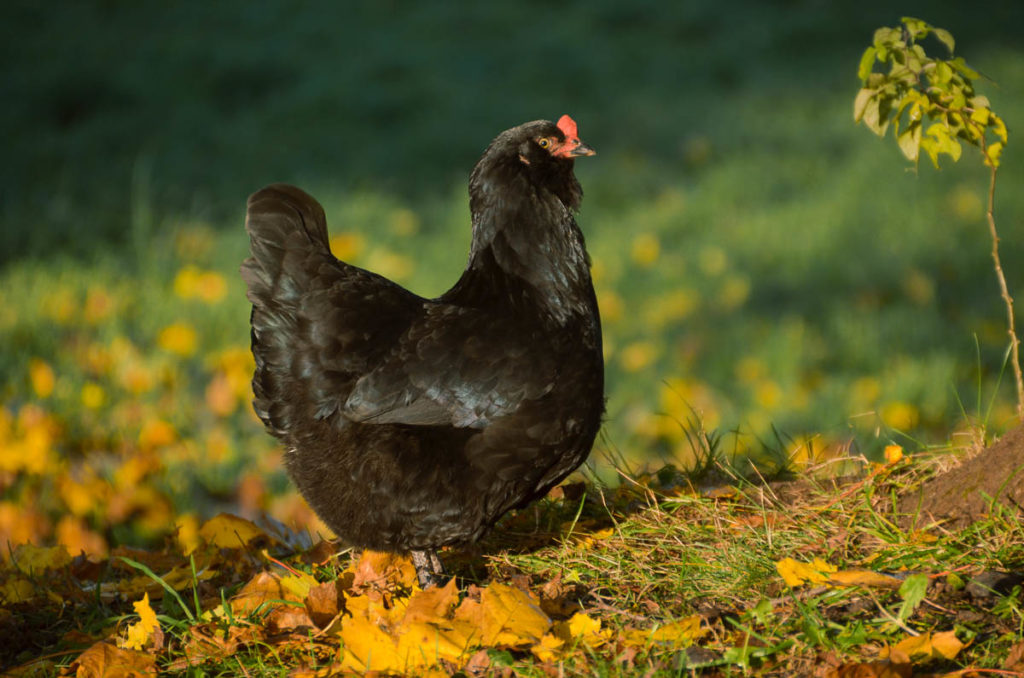
Work Toward a Self-Sustaining Flock
Up until recently, I’ve viewed my chickens and ducks as a hobby. I’ve not worried about the costs of keeping a backyard flock because I enjoy my time spent taking care of my flock, they provide eggs for my family, and I believe they have improved the quality of my life.
But it would be fantastic if I could reduce my costs and make my backyard flock a little more self-sustaining. By removing the need to buy replacement chicks, reducing my dependence on commercially prepared feed, and building a flock that can generate an income to help contribute to the cost of goods, I have to buy.
Moving towards a self-sustaining flock is a little more complicated than the other goals I’ve listed here, so I’ve already broken it down into more manageable phases or steps.
- Reduce Dependency on Commercially Prepared Feeds– We grind our grains and corn grown on the farm as part of our cattle’s feed regimen. The grain mixture contains corn, oats, wheat, trace minerals, and dried molasses. Chickens have different dietary needs than cattle, so I have been researching additional protein and calcium additives to fulfill my chicken’s nutritional requirements better. I have already begun offering my birds our own grain alongside their regular Purina Layena. The chickens are receptive, although they seem to pick around the oats. My ducks, on the other hand, want nothing to do with it.
- Hatch Replacement Birds on the Farm From My Flock– This is where the roosters I mentioned earlier come into play! I have a few Orpingtons who need no encouragement to sit on a nest of eggs in the spring, and they have proven themselves to be excellent mothers. Because I want to continue to get pretty colored eggs, I’ve decided to add a Whiting True Blue Rooster and a Black Copper Maran Rooster to my flock so future offspring will continue to lay eggs in gorgeous hues.
- Sell Eggs– There is a demand for beautiful, uniquely colored hatching eggs among chicken enthusiasts in the spring. Selling hatching eggs is much more lucrative than selling eating eggs. In my area, a rainbow dozen of hatching eggs typically cost around $15-20/doz depending on breeds in the flock. At the same time, farm-fresh eating eggs are about $2-6/doz. People want beautifully colored eggs from their flock. And they want to watch those chicks emerge from beautiful hued shells, so they know what shades to expect from each pullet when they mature. Getting into genetics and egg color is a little more involved than I anticipated for this post. I will go more in-depth in an upcoming post. But I plan to produce five different colored hatching eggs with the addition of 2 roosters and my existing girls.
Building a new coop, adding a couple of geese, and a few more colorful egg layers to the flock, and work towards a self-sustaining flock are my top priorities in 2022. What’s in store for your flock? If you don’t have one yet are you planning on adding backyard chickens to your life in 2022?

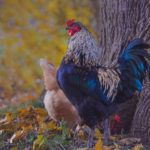

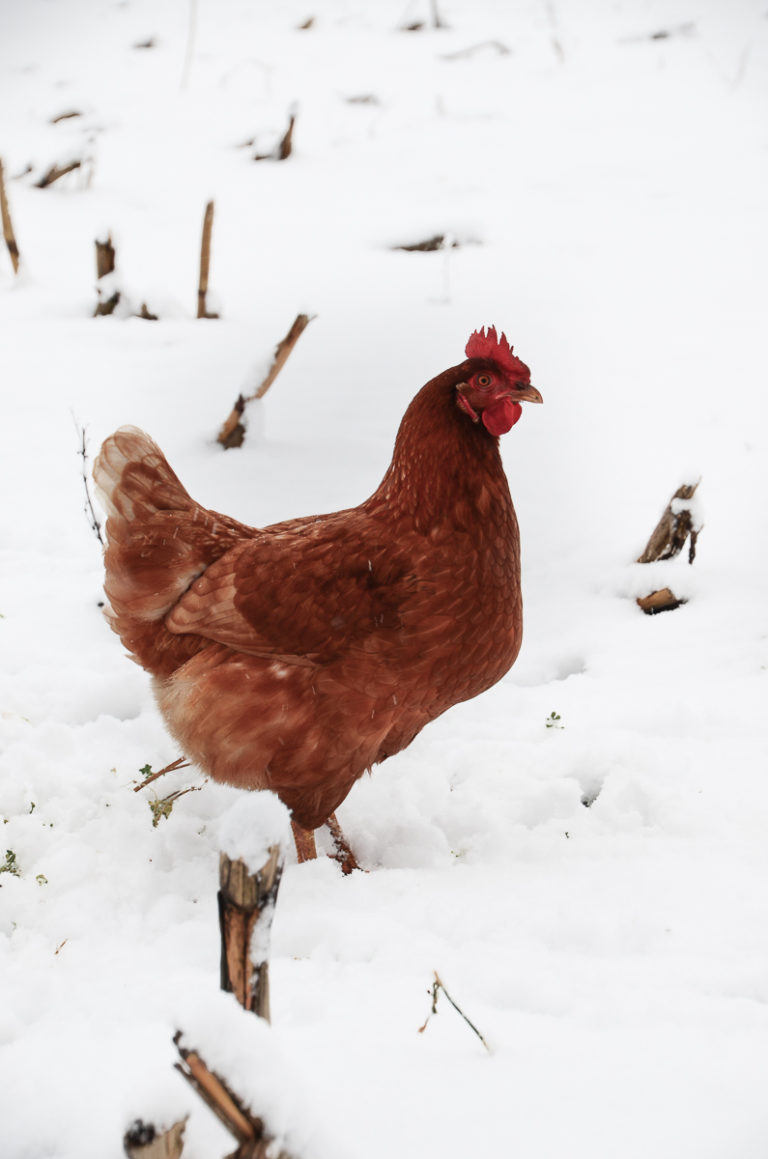
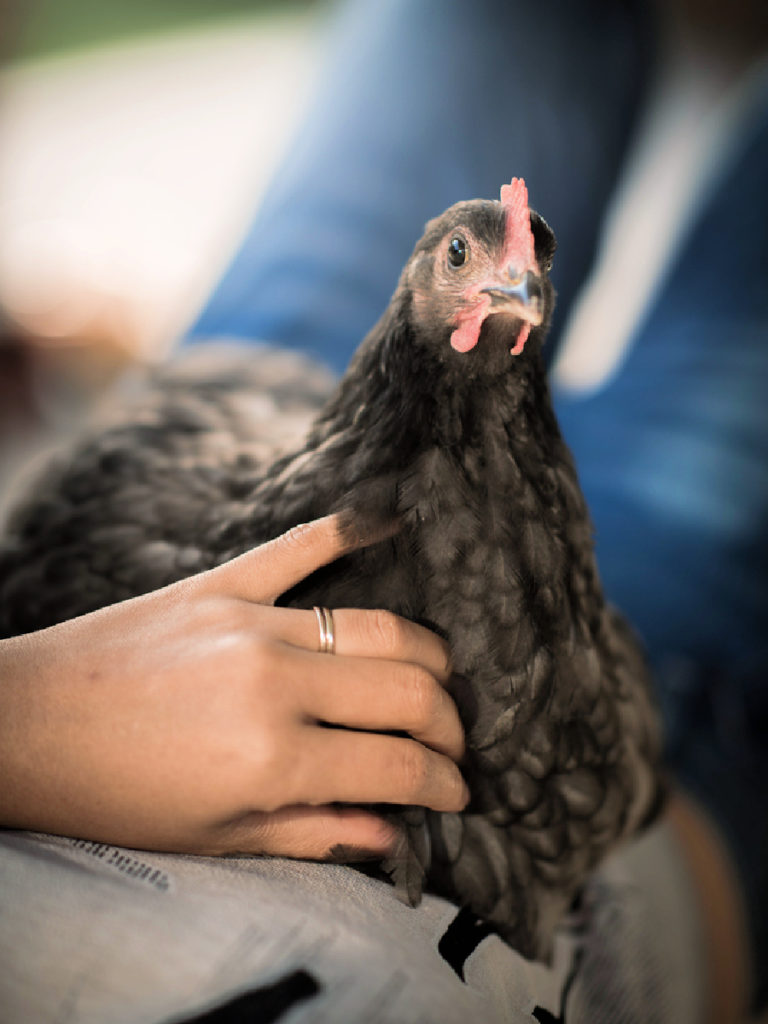
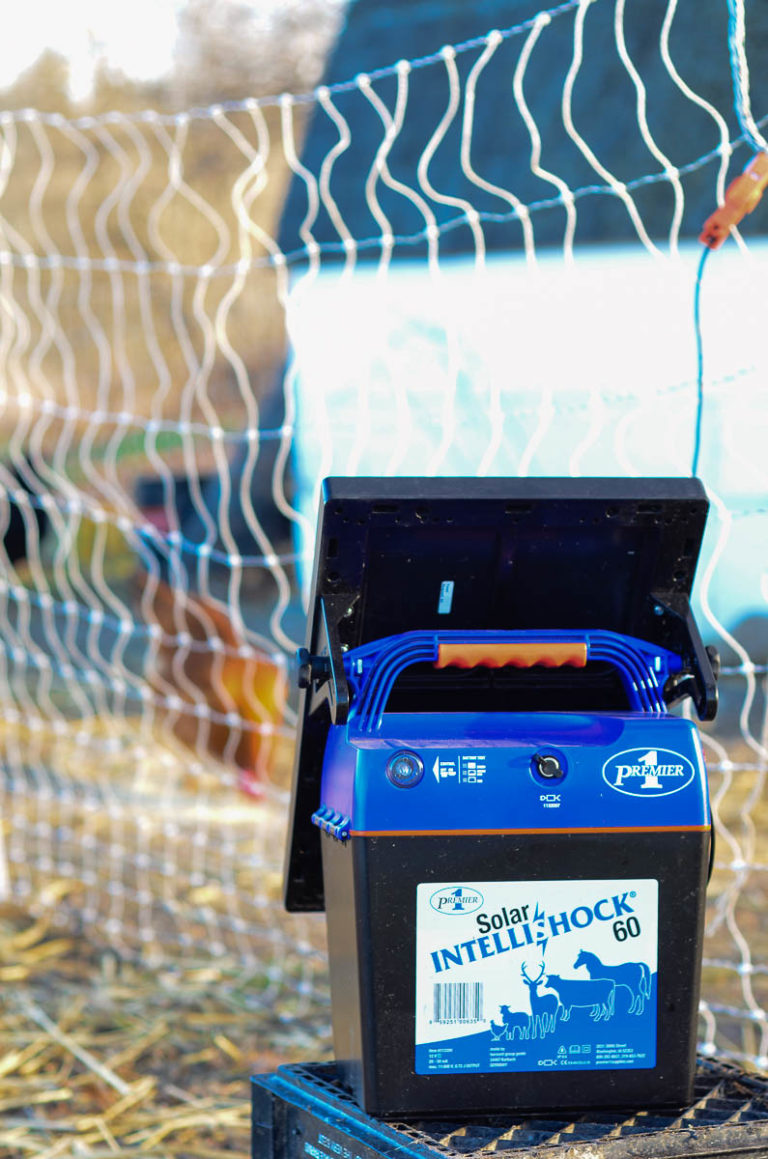
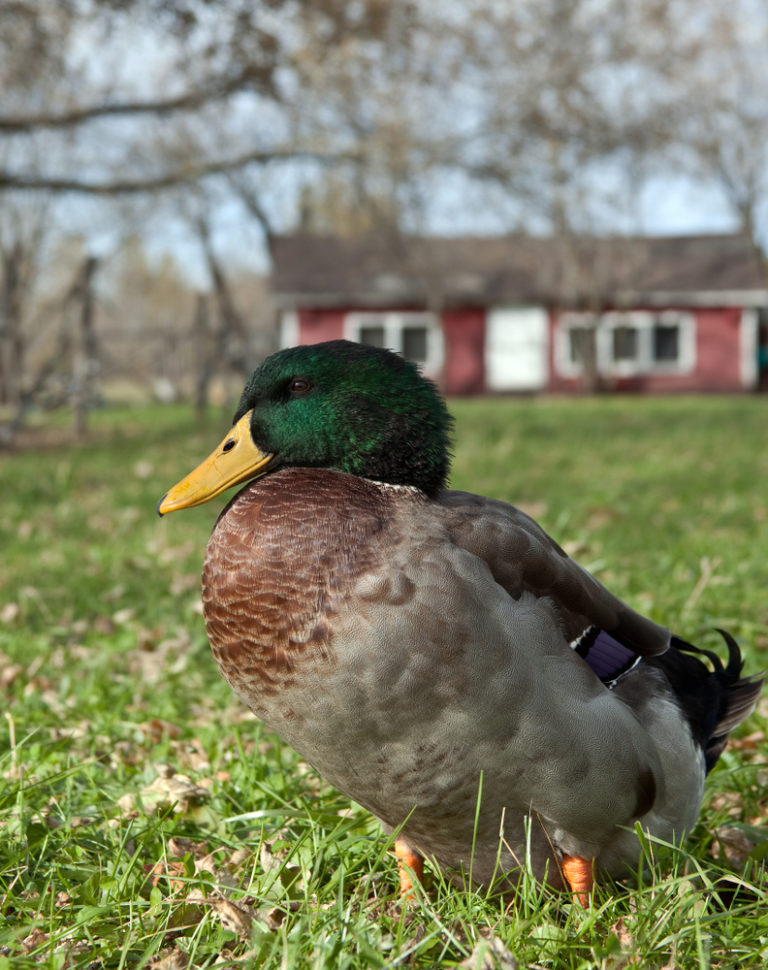

I currently have 4 random chickens and two goose babies. Unsexed. My plan…all the birds! Even an ostrich, and peacocks, and guineas and ducks. I have 5 acres to fill!